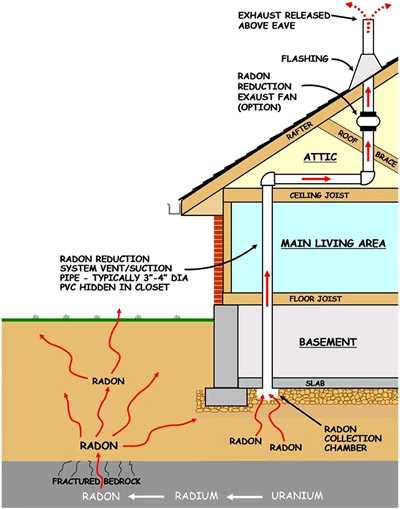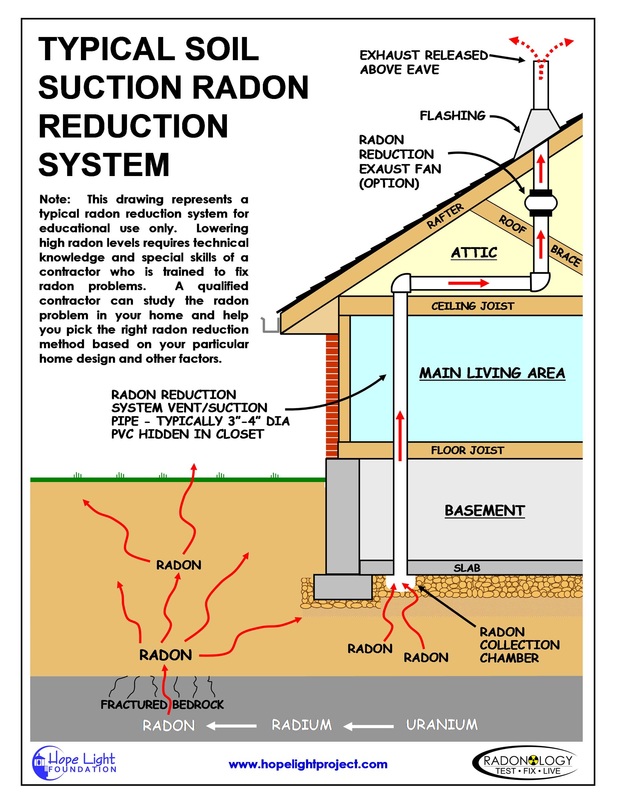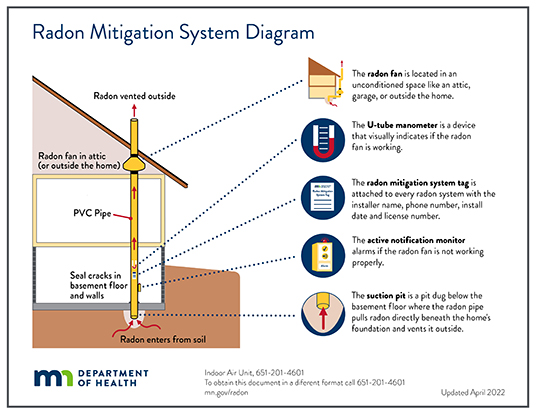Recommendation Tips About How To Reduce Radon Gas

Simply opening windows is not enough to significantly reduce radon gas levels, you need proper ventilation.
How to reduce radon gas. Increase air flow in your house by opening. Increase air flow in your house by opening windows and using fans and vents to circulate air. It can be exceedingly difficult to reduce your radon level sufficiently without installing a mitigation system, but if you're wary about installation cost and labor, try using a.
The best option is to hire a trained contractor to install a radon reduction system, sometimes known as a radon mitigation system. In general, increased ventilation methods for radon reduction will be most successful in houses that are more airtight and have low natural ventilation rates (are not 'drafty'). Fix your home if your radon level is confirmed to be 4 picocuries per liter,.
If your radon levels are not above 4 pci/l here are a few things you can do to keep radon levels as low as possible in your home: Best ways to remove radon from the basement. In this type of system, a pipe is passed through the concrete.
You can take some temporary measures to ventilate your basement and possibly block the basement return air vent so there will be less radon gas from the basement sucked into the. Too much ventilation will mix the outdoor and indoor air and thus reduce the radon level indoors. Sumps work best under solid floors and under suspended floors if the ground is.
Natural ventilation in any type of house is only a temporary strategy to reduce. But you can reduce the concentration levels of radon in your home in the following ways: In many cases, reductions of 95 to 99+ percent have been achieved when good permeability.
Here are some of the ways you can reduce radon: Improve ventilation and the circulation of fresh air in your home seal access points such as doors and. This method is recommended by the environmental.


















